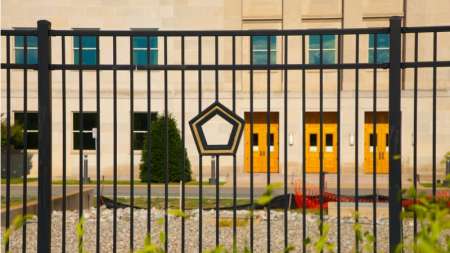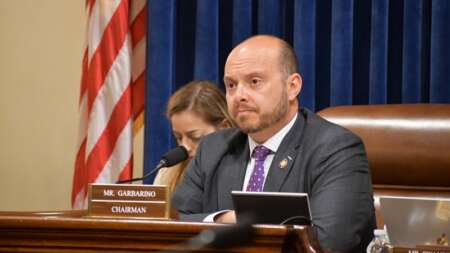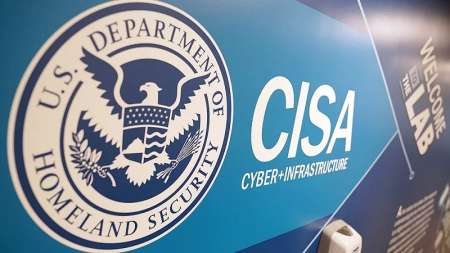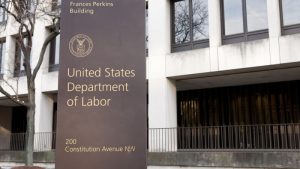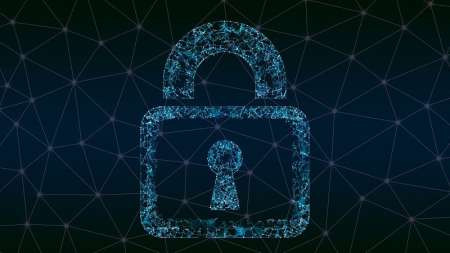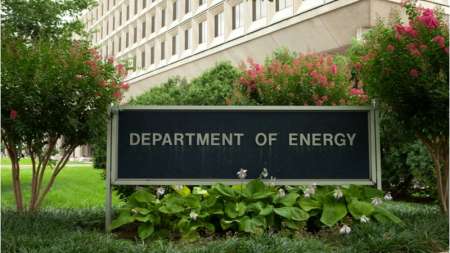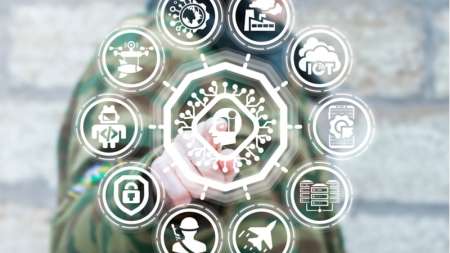As the federal government prepares for post-quantum cryptography (PQC) adoption, officials from the National Institute of Standards and Technology (NIST) and the Office of Management and Budget (OMB) are weighing the budget, technical, and implementation hurdles that come with transitioning to a quantum-safe future. […]
After years of development, the Pentagon finalized a rule Tuesday that officially enforces Cybersecurity Maturity Model Certification (CMMC) standards in defense contracts, marking a shift from policy to enforceable requirements across the defense industrial base. […]
In his first public remarks since his Senate confirmation, National Cyber Director Sean Cairncross pledged to spearhead a “whole-of-nation approach” to defend U.S. cyberspace, explaining that a strong cybersecurity workforce is central to that effort. […]
Federal agencies made notable gains in cyber-physical system (CPS) security over the past year, but major risks remain, according to new research from MeriTalk and Claroty. […]
The Cybersecurity and Infrastructure Security Agency (CISA), National Security Agency (NSA), and 19 international partners released a joint guide on Sept. 3 that aims to inform the global cyber community on the value of implementing a software bill of materials (SBOM). […]
While artificial intelligence is becoming indispensable to proactive cyber defense strategies, federal cyber leaders warned on Sept. 4 that agencies must pair AI-driven detection with strong response planning and resilience measures to withstand inevitable cyberattacks. […]
The Trump administration has placed new restrictions on semiconductor exports for Taiwan Semiconductor Manufacturing Co., (TSMC) weeks after loosening controls on American manufacturers. […]
The House Homeland Security Committee voted today to forward to the full House with a positive recommendation legislation that would extend the soon-to-expire Cybersecurity Information Sharing Act of 2015 (CISA 2015). […]
The Cybersecurity and Infrastructure Security Agency (CISA) has appointed Nicholas Andersen as its new executive assistant director for cybersecurity, tasking him with leading efforts to combat major cyber threats and strengthen the resilience of the nation’s critical infrastructure. […]
Artificial intelligence is transforming the way the U.S. Border Patrol (USBP) conducts operations along the U.S. border, according to a senior official who spoke Wednesday during a webinar hosted by NextGov. […]
The Defense Counterintelligence and Security Agency (DCSA) is harnessing artificial intelligence and “structured professional judgment” tools to identify insider threat risks earlier and more effectively, according to a senior agency official. […]
The U.S. Department of Labor is advising states to take advantage of federal government Workforce Innovation and Opportunity Act grants to fund their efforts to improve artificial intelligence literacy and training across state workforces through state and local workforce development systems. […]
The Cybersecurity and Infrastructure Security Agency (CISA) is sharing details on what vendors can expect from its list of product categories that support post-quantum cryptography (PQC), which a CISA official said this week that the agency is on track to deliver in December. […]
Chinese state-sponsored hackers are waging a global cyber campaign against critical infrastructure, U.S. and international authorities warned today. […]
U.S. Navy leaders are emphasizing the urgent need to shift cybersecurity approaches, embrace innovation, train the workforce, and drive cultural change as critical strategies to stay ahead of rapidly evolving technologies and emerging digital threats. […]
President Donald Trump on Thursday signed an executive order launching the “America by Design” initiative – a sweeping effort to patch the federal government’s “digital potholes” and make its websites both easier to use and more aesthetically pleasing. […]
The Defense Information Systems Agency (DISA) is seeking insight from industry for cybersecurity operations, risk management, and compliance support for a potential Military Sealift Command (MSC) Cybersecurity Support Services (CSS) contract. […]
The Cybersecurity Infrastructure and Security Agency (CISA) and Sandia National Laboratories are warning that public and private sector collaborators must work to close the “software understanding” gap to better secure the nation’s systems and infrastructure. […]
A new report from the Department of Energy’s (DOE) Office of Inspector General (OIG) reveals that while DOE has taken steps to address some previously identified cybersecurity weaknesses, a substantial number of vulnerabilities remain. […]
Artificial intelligence technologies offer a range of benefits to federal agencies, but an official from the Department of Veterans Affairs (VA) on Tuesday warned that agencies should not view AI as “the silver bullet that fixes everything.” […]
The Department of Defense (DOD) has awarded a $52 million contract to Booz Allen Hamilton to support a broad range of cybersecurity initiatives, according to contract details that were just publicly released. […]
The Cybersecurity and Infrastructure Security Agency’s (CISA) new guidance, released on Aug. 13 for critical infrastructure owners and operators to improve the security of their operational technology (OT), focuses on creating and maintaining comprehensive OT asset inventories and taxonomies. […]
Some Federal agencies are already taking steps to comply with the Trump administration’s Artificial Intelligence Action Plan and other executive orders, including deploying AI systems – such as those that employ agentic AI – with the goal of creating more tailored approaches to the technology. […]
Nearly half of all Federal agency mission-critical operations are taking place at the network edge, but an underprepared workforce, legacy systems, and budget constraints are threatening to impede further progress by government, new survey data from General Dynamics Information Technology (GDIT) finds. […]
The U.S. Army is increasingly leveraging artificial intelligence capabilities – including predictive analytics and machine learning – to enhance decision-making, battlefield awareness, and equipment reliability, a senior service official said this week. […]
A new coalition of private sector quantum computing leaders has unveiled its first roadmap to ‘cryptographic agility’ with one urgent message to all sectors: start preparing now. […]
The National Science Foundation (NSF) is partnering with tech giant NVIDIA to invest a total of $152 million into artificial intelligence models that will accelerate innovation and scientific discovery while supporting priorities under the Trump administration’s AI Action Plan. […]
The U.S. Air Force is seeking insight from industry on how it can use artificial intelligence–powered wargaming platforms to test training resilience under high-intensity conflict. […]
The Trump administration is pitching a sweeping overhaul of the American workforce system centered on developing artificial intelligence skills, rapid retraining, and breaking away from the “college-for-all” model it says has failed. […]
The General Services Administration (GSA) today unveiled its USAi platform, created to offer government agencies the ability to experiment with artificial intelligence technologies and inform their decisions to put the tech to work. […]


